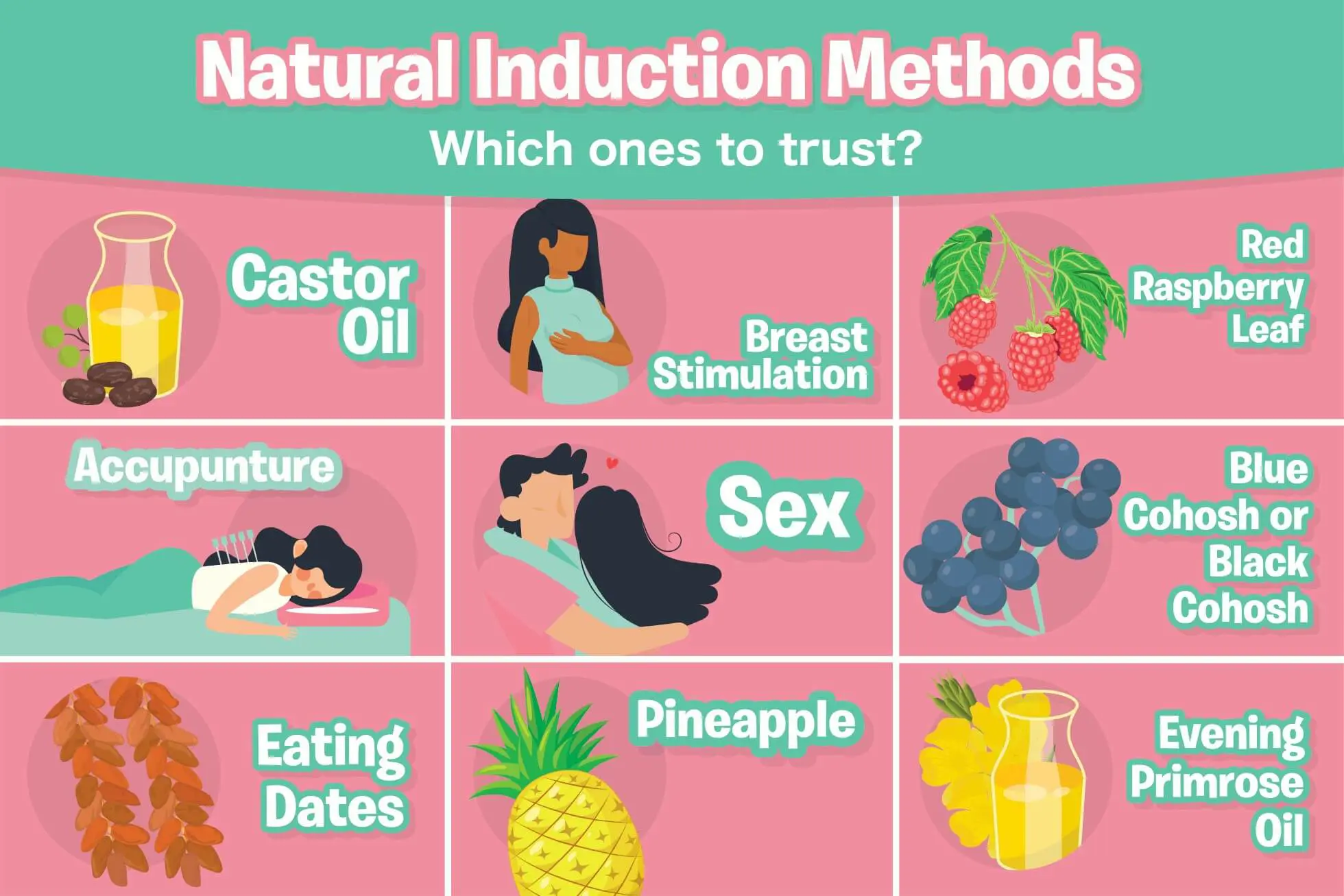Types and Risks of Labor Induction

| Types of Labor Induction | Risks |
|---|---|
| Oxytocin (Pitocin) | – Non-reassuring fetal heart rate patterns – Uterine rupture (rare) – Infection – Postpartum hemorrhage – Need for cesarean delivery |
| Mechanical methods (balloon catheters, cervical ripening agents) | – Uterine tachysystole (excessive uterine contractions) – Infection – Postpartum hemorrhage – Need for cesarean delivery |
| Amniotomy (breaking of the amniotic sac) | – Prolonged rupture of membranes – Infection – Umbilical cord prolapse – Non-reassuring fetal heart rate patterns – Need for cesarean delivery |
| Misoprostol (Cytotec) | – Uterine tachysystole (excessive uterine contractions) – Non-reassuring fetal heart rate patterns – Uterine rupture (rare) – Infection – Postpartum hemorrhage – Need for cesarean delivery |
| Natural methods (walking, sexual intercourse, nipple stimulation, etc.) | – Ineffectiveness – Prolonged labor – Need for alternative methods of induction – Risk of infection (in some cases) – Risk of uterine hyperstimulation (in some cases) |
Leave a Reply